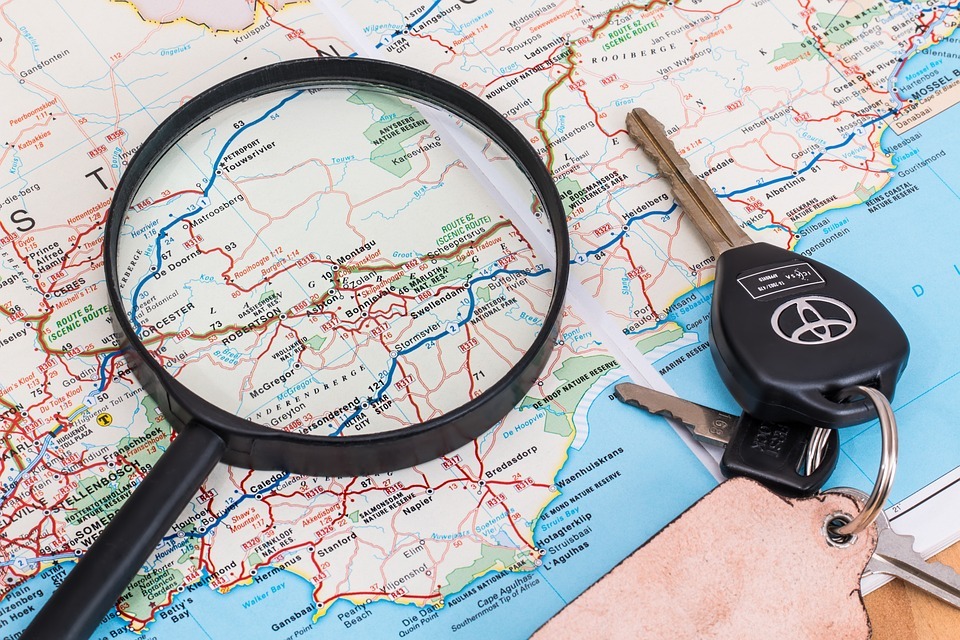Having a well-thought-out emergency evacuation plan is crucial for ensuring the safety of yourself, your loved ones, and your community. Whether you’re at home, work, or any public space, being prepared for unforeseen emergencies is essential. This article will guide you through the process of creating an effective emergency evacuation plan, focusing on key steps to optimize your safety and minimize risks.
Assess Potential Risks
Before creating your evacuation plan, identify potential risks in your area. Consider natural disasters like earthquakes, floods, or wildfires, as well as human-made emergencies such as chemical spills or industrial accidents. Understanding the specific threats you may face will help tailor your evacuation plan to address those risks.
Map Out Evacuation Routes

Plot primary and alternative evacuation routes from your home, workplace, or any frequented locations. Take into account various modes of transportation and ensure routes are easily accessible. Collaborate with local authorities to stay informed about existing evacuation routes and any updates to enhance your plan.
Establish Meeting Points
Designate safe meeting points both within your home and outside in case of evacuation. Ensure that every member of your household or team is aware of these locations. This step is crucial for accounting for everyone and coordinating actions during an emergency.
Create an Emergency Kit
Assemble an emergency kit containing essentials such as water, non-perishable food, first aid supplies, important documents, medications, and any necessary personal items. Keep this kit in an easily accessible location to grab quickly during an evacuation.
Communication Plan
Establish a communication plan with all relevant parties. Ensure everyone knows how to contact each other, especially during emergencies when traditional communication channels may be disrupted. Utilize both digital and analog methods to maximize your chances of reaching others.
Stay Informed
Regularly monitor local news, weather updates, and emergency alerts. Being aware of potential threats allows you to activate your evacuation plan in a timely manner. Stay connected with community resources and authorities for the latest information.
Practice Regularly
Conduct evacuation drills with your household or team to ensure everyone is familiar with the plan. Practice different scenarios to enhance readiness. Regular drills help identify potential issues and allow for adjustments to be made to the plan as needed.
Accessibility Considerations
Take into account the needs of all individuals, including those with mobility challenges, elderly family members, or young children. Ensure that your plan is inclusive and provides assistance for everyone in your group.
Conclusion
Creating an effective emergency evacuation plan is a proactive step towards safeguarding your well-being and that of those around you. By following these steps, you’ll be better prepared to navigate unforeseen challenges and evacuate swiftly and safely when it matters most. Remember, preparedness is key, and a well-executed evacuation plan can make a significant difference in critical situations.



